So as not to clog up the campers thread, I have decided to start a new, ongoing thread dedicated to following progress as I turn our cargo trailer into a lightweight camper. Where do we begin...
Welcome to the build thread for Bruiser the adventure cargo trailer!
Back story: The wife and I have intentions of selling our house, taking the money, and hitting the road. The goal is to head up to Alaska and go as far north as possible, then make our way down the western seaboard, explore the southwest, then head east. Why a trailer? Well, we have 3 dogs and wanted the ability to drop it at a "base camp" then go off exploring in the truck. To this end, I wanted something as small and light as I could get, something large enough to stand up in, and something that was hard sided and weatherproof. The wife requested an indoor bathroom with a separate shower and toilet area. Our first go at the matter looked like this...
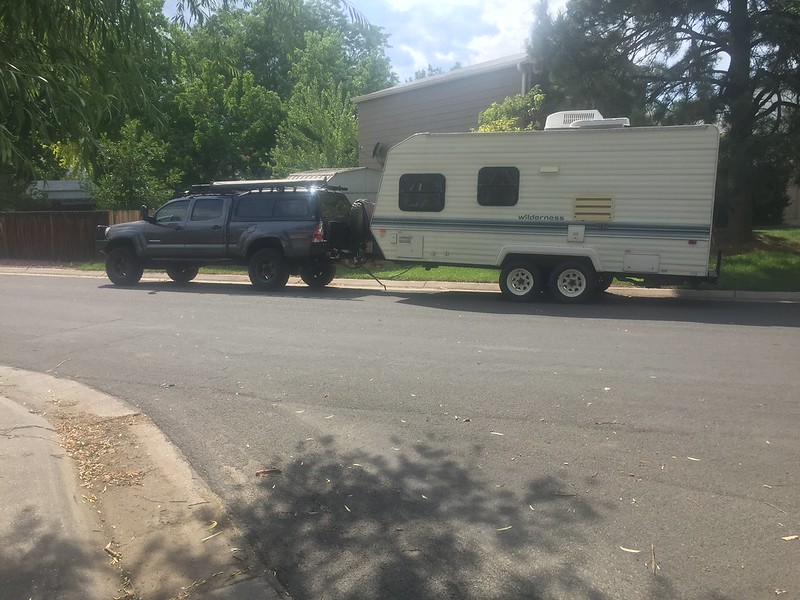 IMG_2484 by Tim Souza, on Flickr
IMG_2484 by Tim Souza, on Flickr
...a 20' Fleetwood Wilderness dual axle travel trailer. It had a dry weight of ~3,200 lbs and took about 4 months to tear the inside apart, replace the rotten floor joists, studs, sub-floor, and then put that all back together. We took it out for it's maiden voyage last July on a road trip with the in-laws and I hated every second of it. HATED IT. It was big, cumbersome, heavy, and plain sucked to tow over the high CO mountain passes. So without having ever spent a night in, it we sold it.
We mulled over all of the options, a-frames, other travel trailers, pop-ups, a flippac, a 4-wheel camper, but none provided the space we needed within our budget and at a weight I thought was reasonable. To that end, I found myself thinking that building a trailer might end up being the only way to get what I wanted. Enter Bruiser the Adventure Trailer.
We purchased from Colorado Trailers (https://www.coloradotrailersinc.com) in Castle Rock, CO. It started life as a 6x12' Cargo Craft cargo trailer that we special ordered and upgraded with the following:
Off road package (32" mud terrains, Dexter independent torsion axles)
Black out package
Insulated walls, ceiling, and floor
Black/Blue exterior
Removable front coupler
Spare tire
6'6" interior height
2 side windows
RV screen door in the rear
Driver's side ladder
We placed the order in October 2017 and received the trailer in December 2017. Tada!
 Untitled by Tim Souza, on Flickr
Untitled by Tim Souza, on Flickr
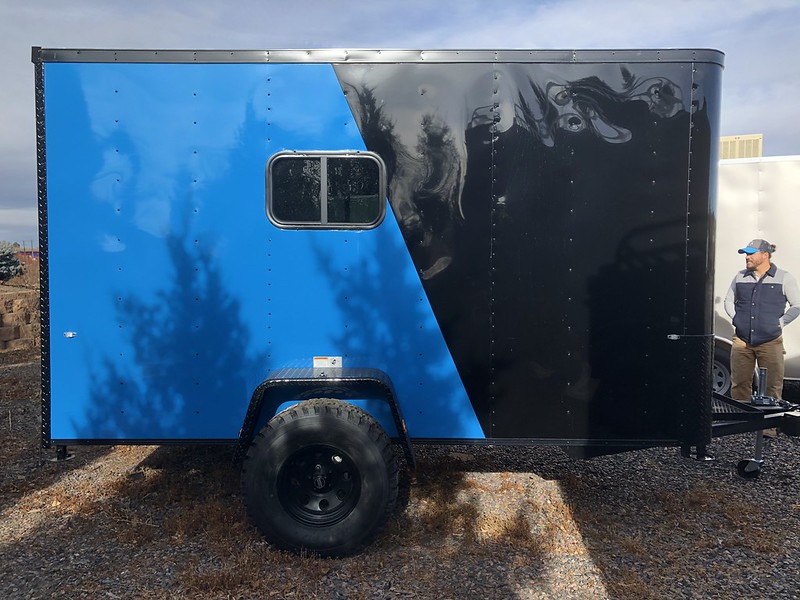 Untitled by Tim Souza, on Flickr
Untitled by Tim Souza, on Flickr
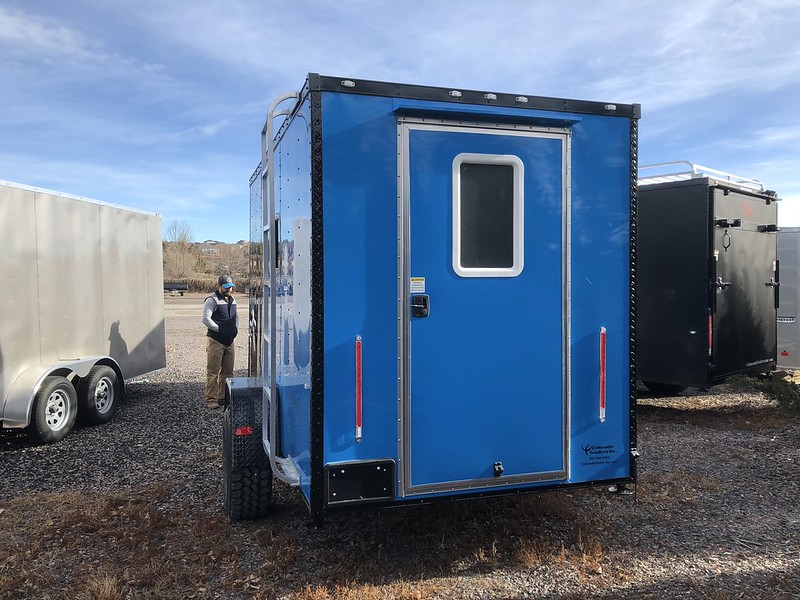 Untitled by Tim Souza, on Flickr
Untitled by Tim Souza, on Flickr
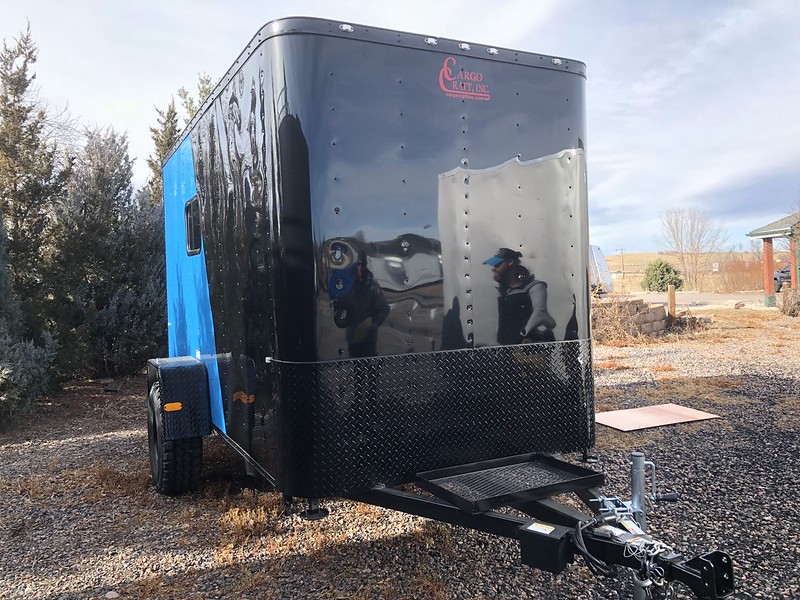 Untitled by Tim Souza, on Flickr
Untitled by Tim Souza, on Flickr
Got it all hitched up and dragged it the 50 miles home. It weighs ~1,300 as configured so towing it was, other than the abysmal gas mileage, a relative pleasure. As our intended departure date is in June, the build begins almost immediately.
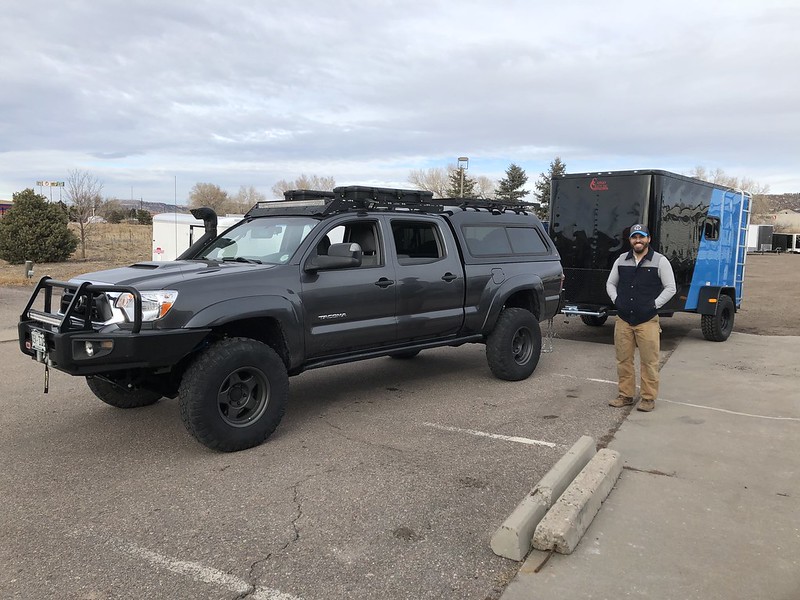 Untitled by Tim Souza, on Flickr
Untitled by Tim Souza, on Flickr
Welcome to the build thread for Bruiser the adventure cargo trailer!
Back story: The wife and I have intentions of selling our house, taking the money, and hitting the road. The goal is to head up to Alaska and go as far north as possible, then make our way down the western seaboard, explore the southwest, then head east. Why a trailer? Well, we have 3 dogs and wanted the ability to drop it at a "base camp" then go off exploring in the truck. To this end, I wanted something as small and light as I could get, something large enough to stand up in, and something that was hard sided and weatherproof. The wife requested an indoor bathroom with a separate shower and toilet area. Our first go at the matter looked like this...
 IMG_2484 by Tim Souza, on Flickr
IMG_2484 by Tim Souza, on Flickr...a 20' Fleetwood Wilderness dual axle travel trailer. It had a dry weight of ~3,200 lbs and took about 4 months to tear the inside apart, replace the rotten floor joists, studs, sub-floor, and then put that all back together. We took it out for it's maiden voyage last July on a road trip with the in-laws and I hated every second of it. HATED IT. It was big, cumbersome, heavy, and plain sucked to tow over the high CO mountain passes. So without having ever spent a night in, it we sold it.
We mulled over all of the options, a-frames, other travel trailers, pop-ups, a flippac, a 4-wheel camper, but none provided the space we needed within our budget and at a weight I thought was reasonable. To that end, I found myself thinking that building a trailer might end up being the only way to get what I wanted. Enter Bruiser the Adventure Trailer.
We purchased from Colorado Trailers (https://www.coloradotrailersinc.com) in Castle Rock, CO. It started life as a 6x12' Cargo Craft cargo trailer that we special ordered and upgraded with the following:
Off road package (32" mud terrains, Dexter independent torsion axles)
Black out package
Insulated walls, ceiling, and floor
Black/Blue exterior
Removable front coupler
Spare tire
6'6" interior height
2 side windows
RV screen door in the rear
Driver's side ladder
We placed the order in October 2017 and received the trailer in December 2017. Tada!
 Untitled by Tim Souza, on Flickr
Untitled by Tim Souza, on Flickr Untitled by Tim Souza, on Flickr
Untitled by Tim Souza, on Flickr Untitled by Tim Souza, on Flickr
Untitled by Tim Souza, on Flickr Untitled by Tim Souza, on Flickr
Untitled by Tim Souza, on FlickrGot it all hitched up and dragged it the 50 miles home. It weighs ~1,300 as configured so towing it was, other than the abysmal gas mileage, a relative pleasure. As our intended departure date is in June, the build begins almost immediately.
 Untitled by Tim Souza, on Flickr
Untitled by Tim Souza, on Flickr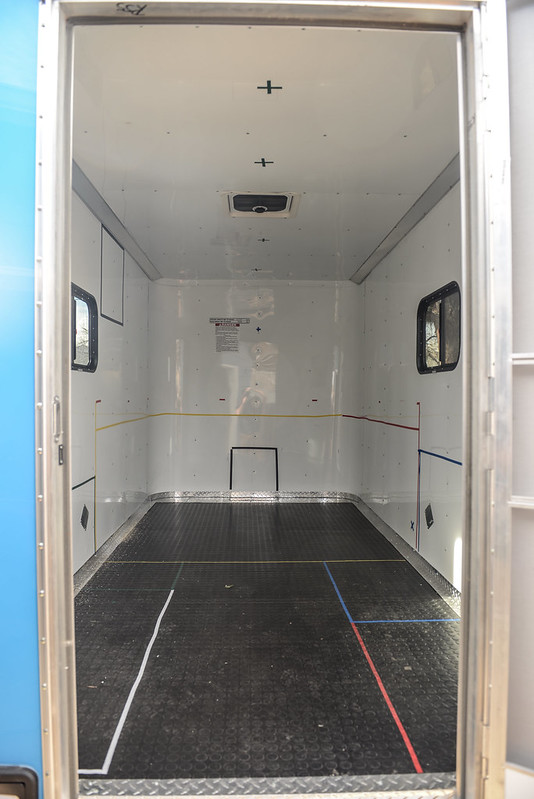 DSC_3822
DSC_3822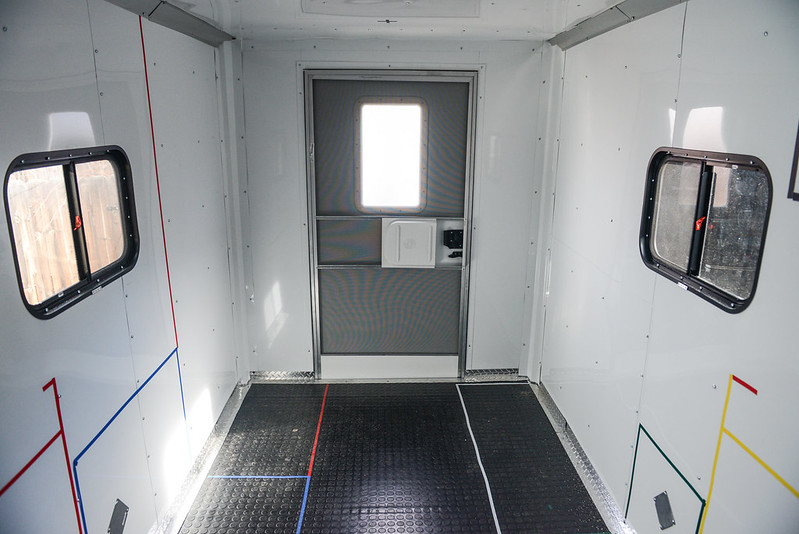 DSC_3824
DSC_3824 DSC_3825
DSC_3825 DSC_3848
DSC_3848 DSC_3847
DSC_3847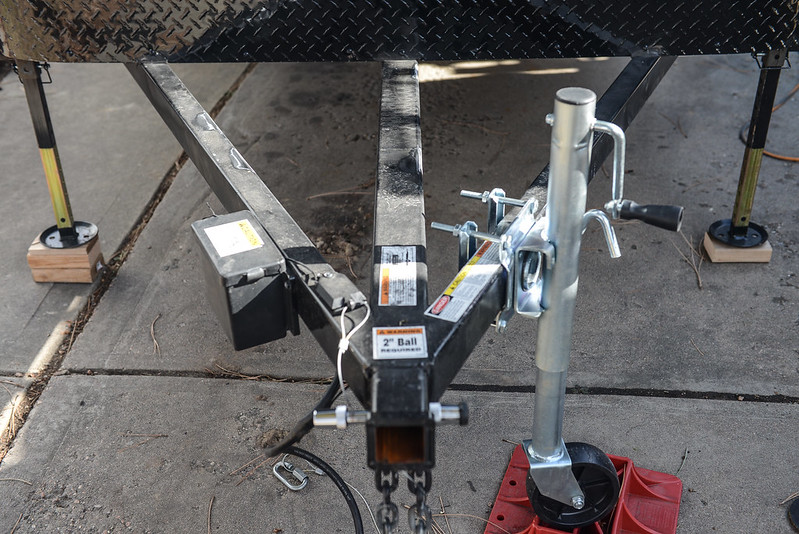 DSC_3831
DSC_3831 DSC_3832
DSC_3832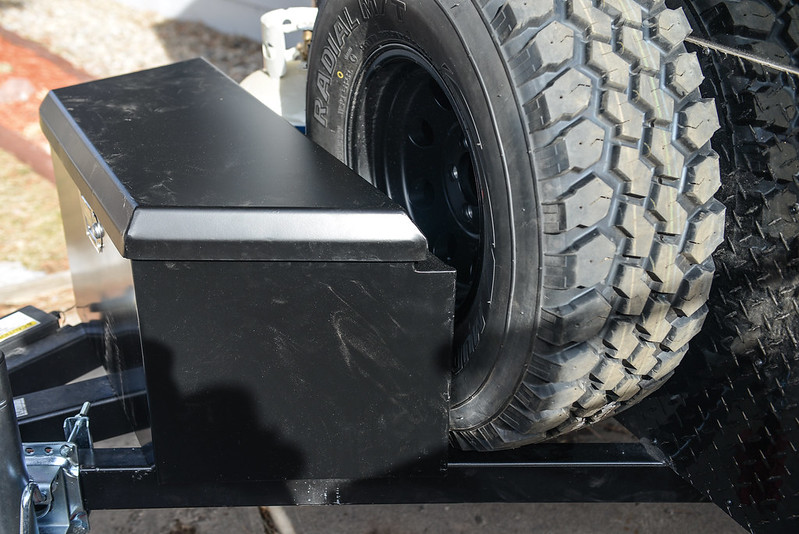 DSC_3833
DSC_3833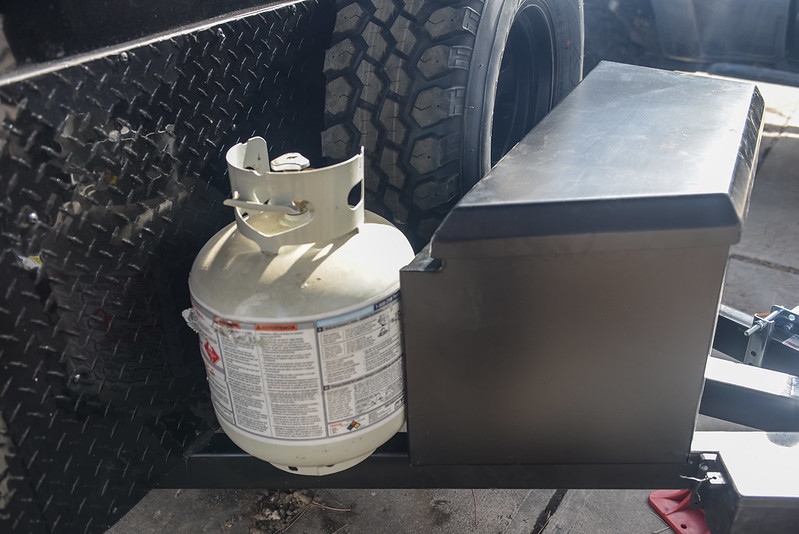 DSC_3837
DSC_3837 DSC_3835
DSC_3835 DSC_3840
DSC_3840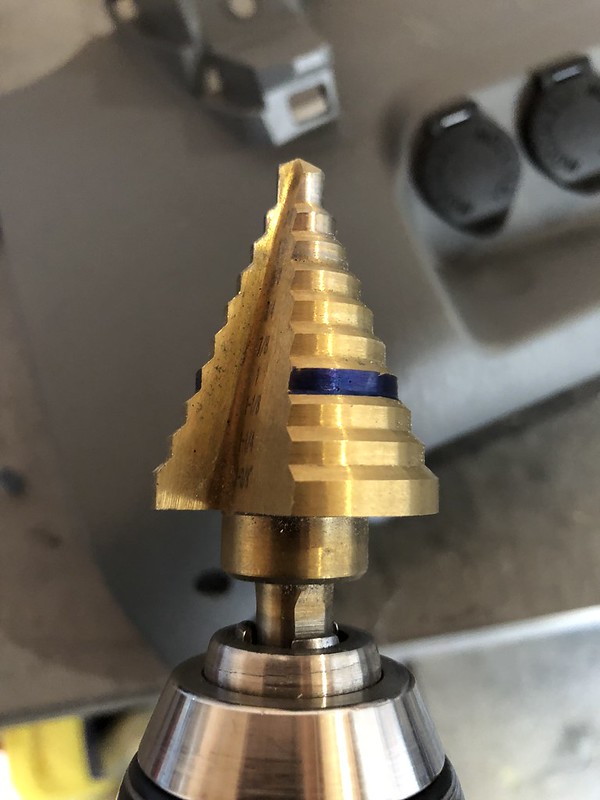 Untitled
Untitled DSC_3842
DSC_3842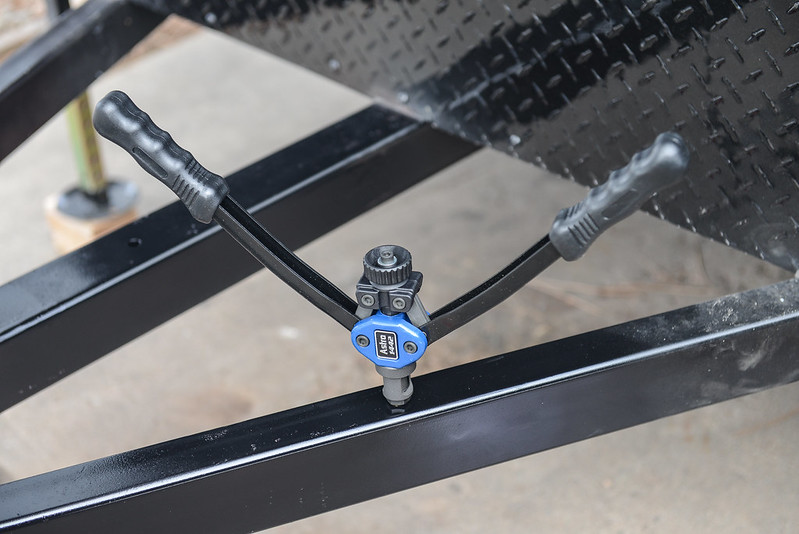 DSC_3843
DSC_3843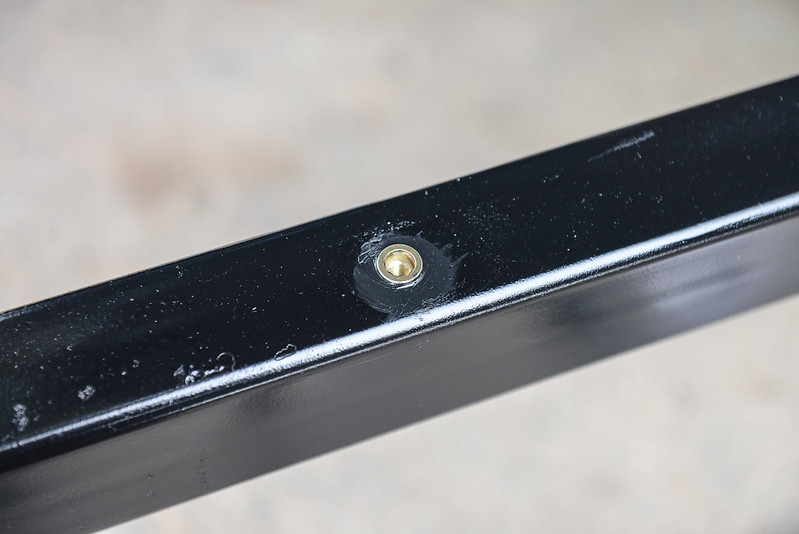 DSC_3846
DSC_3846
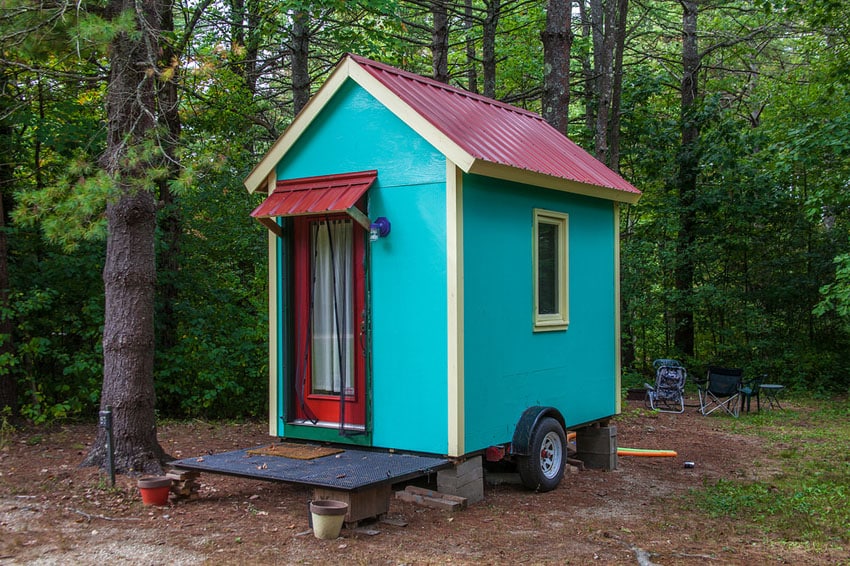

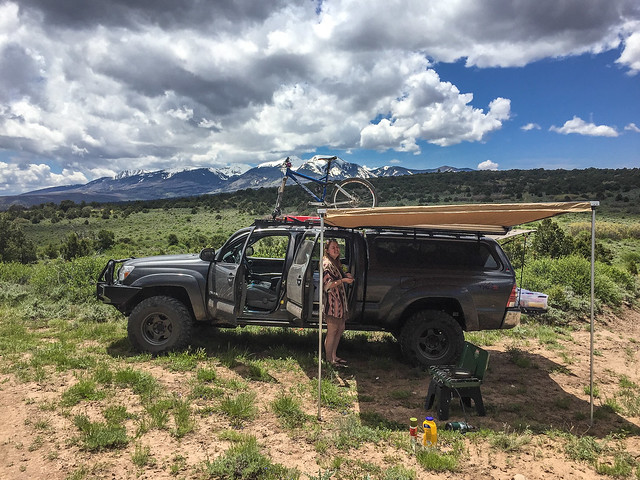 20160528-IMG_1374
20160528-IMG_1374 Untitled
Untitled
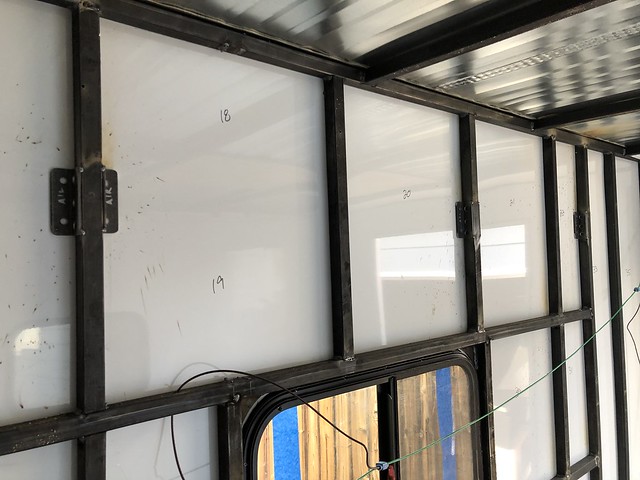 Untitled
Untitled
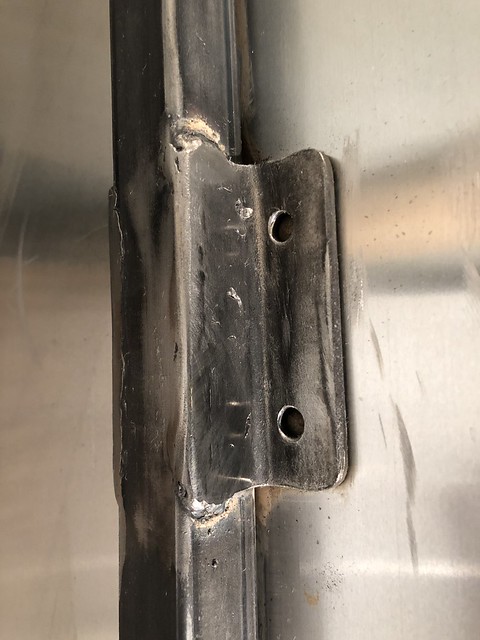 Untitled
Untitled